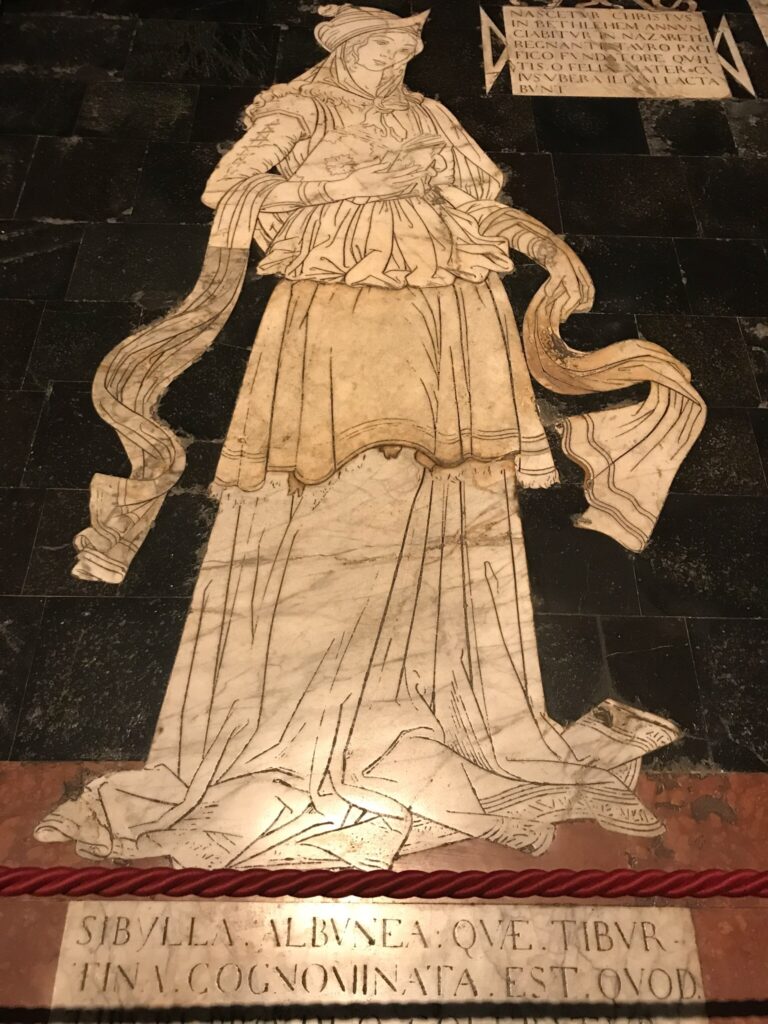The day was a rest day but we could certainly have used more time to see and understand the famous sites of Siena.




The Siena Cathedral is so amazing that I am breaking my rule of posting only a few photos of churches.


















David Holt: Looks like you are having a fabulous time. Love your photos and reading your blog. 2023/10/21 at 6:40 pm
Reply: Thanks, David. We are enjoying the trek, just as we knew we would after seeing your trip photos. You guys are always working to increase the length of our bucket list. 2023/10/21 at 7:56 pm
Kathy Nichols: I am truly overwhelmed by the art (in all its forms) of the cathedrals you are visiting. It must be just as overwhelming to see it in person. I imagine it would take hours (?) to really study all the intricacies. Thanks so much for your great photos. Now I don’t have to travel to Italy! 2023/10/26 at 11:33 pm
Reply: There is certainly much to study. It is interesting to me to try to understand the stories, and recognize the saints. Whether or not we believe, it’s part of human history. 2023/10/27 at 5:00 am